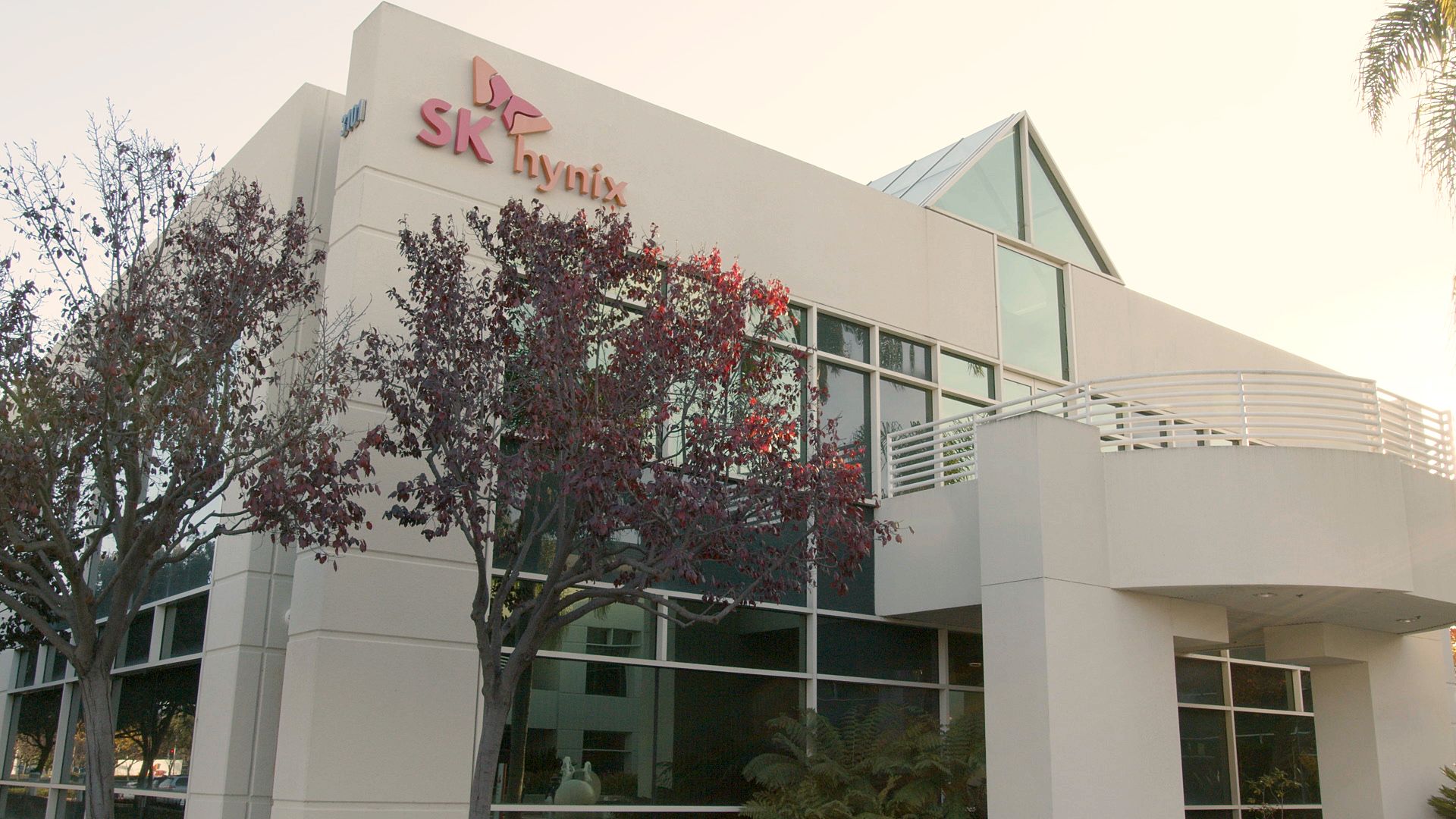and the distribution of digital products.
DM Television
SK Hynix hits record $13.7B earnings but why did shares drop 2.7%?

SK Hynix, a leading South Korean memory chipmaker, reported record quarterly earnings of 19.77 trillion won ($13.7 billion) on Thursday, driven by robust sales of high bandwidth memory (HBM) utilized in generative AI chipsets. However, its shares fell by 2.7% as CFO Kim Woohyun cautioned about uncertainty in memory demand for 2025.
SK Hynix reports record earnings, shares dip amid 2025 demand concernsIn the quarter ended December, SK Hynix’s operating profit surged to 8.08 trillion won ($5.6 billion), marking a remarkable 2,236% increase year-on-year. Revenue rose approximately 75% compared to the same period a year earlier, and on a quarter-on-quarter basis, revenue was up 12%, while operating profit grew by 15%. These results highlight the chipmaker’s advantage from the AI server boom, especially as it serves as a key supplier to U.S. AI chip designer Nvidia.
“With prolonged strong demand for AI memory, the company achieved [an] all-time high result through world-leading HBM technology and profitability-oriented operation,” SK Hynix stated in its earnings release. HBM, a type of dynamic random access memory (DRAM), involves vertically stacked chips to optimize space and lessen power consumption. Other key players in the HBM market include Micron Technology and Samsung Electronics.
The fourth-quarter results capped a year in which SK Hynix achieved record yearly revenue, surpassing its previous high in 2022 by over 21 trillion won. The operating profit also eclipsed a record set in 2018, during a semiconductor “super boom.” During the earnings call, management indicated a potential slight increase in capital expenditures in 2025, notwithstanding demand uncertainties.
Despite the concerns regarding 2025, SK Hynix forecasts continued sales growth for HBM and other DRAM products, driven by ongoing investments in AI servers by major tech companies and the expanding consumer market for AI-enabled PCs and smartphones, which is expected to see sales increase in the latter half of the year. Kim noted, “The memory industry is transitioning from a commodity market driven by volume and price to a customized market focused on high performance and high quality products.”
This year, SK Hynix anticipates DRAM demand growth in the mid to high teen percentage range, while NAND demand is projected to rise in the low teen percentage. NAND chips often accompany DRAM in PCs, servers, and smartphones. Daiwa Capital Markets analyst SK Kim described SK Hynix’s fourth-quarter earnings as “quite robust,” but acknowledged investor apprehensions about an adjustment period in the market.
SoundHound AI surges 21%: Is this the AI stock everyone’s missing?
SK Hynix shares have increased by 29% so far this year, as per LSEG data. Despite the record quarterly results, the stock slipped after investors reacted to stagnant smartphone demand and uncertainties surrounding AI spending in 2025. The company achieved more than a 20-fold increase in December-quarter operating profit, eclipsing earnings from rival Samsung Electronics for the first time, yet saw a stock slide after a 30% share rally this year.
SK Hynix’s growth reflects a global surge in datacenter spending and its pivotal role in supplying HBM chips that Nvidia accelerators rely on for AI training. Recent developments include a $100 billion venture involving SoftBank Group, OpenAI, Oracle, and MGX to fund and construct datacenters, prompting interest in industry players like Nvidia and Arm Holdings.
SK Hynix expects its HBM sales to more than double this year and announced a 25% increase in its annual dividend to 1,500 won per share. Analyst Sanjeev Rana at CLSA Securities Korea asserted that SK Hynix will benefit significantly from the Stargate project due to its substantial lead in product quality and production yields, indicating competitors will require time to catch up.
The company plans to launch its advanced 16-layer HBM4 chips in the second half of 2026, ahead of Samsung and Micron Technology. HBM constituted 40% of SK Hynix’s total DRAM chip revenue during the quarter. The company predicts that demand for high-end memory will continue to grow alongside investments in AI servers and increased focus on data inference. While smartphone demand remains weak, SK Hynix foresees growth in sales of AI-integrated PCs and devices later in the year.
SK Group Chairman Chey Tae-won, speaking at CES in Las Vegas, confirmed that SK Hynix is accelerating development to meet Nvidia’s demand, having recently conferred with Nvidia co-founder Jensen Huang about strengthening their partnership. The company has pledged approximately $15 billion for high-end chip demand in South Korea and an additional $3.9 billion for an advanced packaging facility and AI product research center in Indiana.
According to Bloomberg Intelligence, SK Hynix’s first-quarter sales may experience a sequential decline but should show substantial year-on-year growth. The robust 75% increase in the fourth quarter was primarily fueled by HBM chip demand. The average selling price for DRAM rose by approximately 10% sequentially in the fourth quarter, while the ASP for NAND chips decreased by about 5% sequentially. First-quarter DRAM bit shipments may reflect a low-teen percentage drop after a 5% rise in the fourth quarter, and NAND bit shipments are anticipated to decline by a high-teen percentage from the previous quarter due to seasonal weakness in non-AI application demand.
Disclaimer: The content of this article is for informational purposes only and should not be construed as investment advice. We do not endorse any specific investment strategies or make recommendations regarding the purchase or sale of any securities.
Featured image credit: SK Hynix
- Home
- About Us
- Write For Us / Submit Content
- Advertising And Affiliates
- Feeds And Syndication
- Contact Us
- Login
- Privacy
All Rights Reserved. Copyright , Central Coast Communications, Inc.